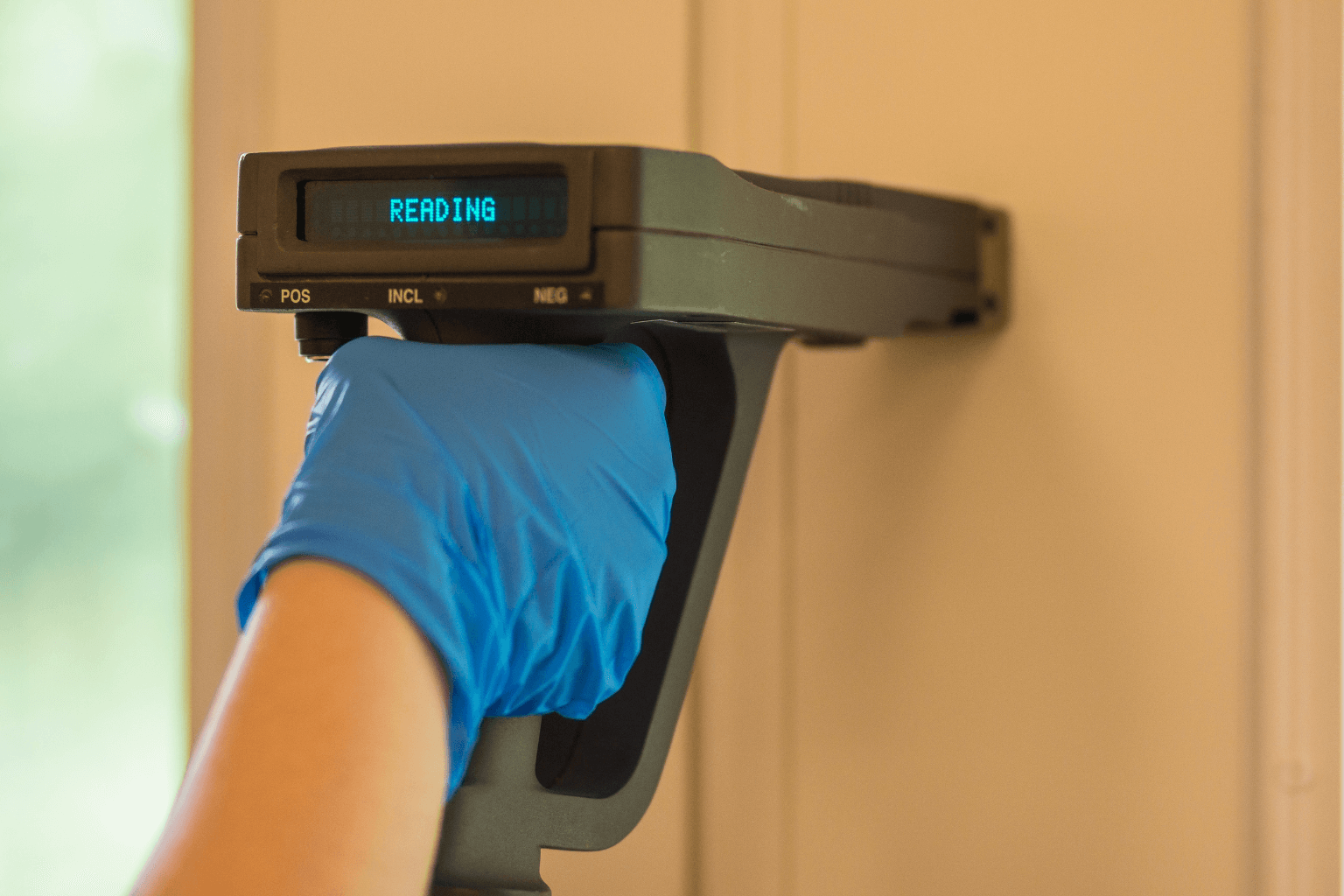Tips for Navigating Lead Paint Disclosures When Selling Your Home
If you're planning to sell a home with lead paint disclosure issues, transparency is your most powerful tool. Homes built before 1978 often contain lead-based paint, which poses serious health risks. To sell successfully, you must provide buyers with the proper EPA pamphlet, disclose known hazards, and encourage lead testing. These actions help you build trust while following federal law.
Must-Read Alert: While you're here, check out "Sell a Condemned House in California.” It's gaining serious traction with homeowners tackling challenging disclosures.
Key Takeaways
- Disclose any known lead-based paint hazards to avoid legal penalties.
- Provide buyers with the EPA's "Protect Your Family From Lead in Your Home" pamphlet.
- Offer credits for repairs or testing to ease buyer hesitation.
- Document any prior lead remediation efforts to build buyer confidence.
- Adjust pricing if needed to reflect the presence of lead paint.
Understanding Lead Paint and Its Health Risks
Lead paint was once commonly used in homes, especially those built before 1978. Over time, it can chip or deteriorate, posing significant health risks to children and pregnant women. Lead exposure is linked to brain damage, learning disabilities, and behavioral issues.
If you're aware of lead paint in your home, it's your legal duty to disclose it. Buyers also have the right to test for lead within 10 days of signing a purchase agreement. Many sellers in unique situations—such as those managing inherited homes—begin with this guide on selling inherited property in California to understand their disclosure obligations.

Legal Steps to Sell a Home With Lead Paint Disclosure Issues
Selling a home with lead paint disclosure issues requires following federal regulations, as well as sometimes state laws.
Federal Law Requirements
The Residential Lead-Based Paint Hazard Reduction Act requires sellers of homes built before 1978 to:
- Disclose any known lead-based paint or hazards
- Provide the EPA's lead safety pamphlet to buyers
- Allow buyers a 10-day window for lead inspection
- Complete a standardized lead paint disclosure form
Skipping this step can result in severe legal and financial penalties.

State and Local Considerations
In California, some cities may impose additional rules, especially in older neighborhoods. It's smart to check local ordinances or talk with a real estate professional familiar with your area. For instance, homeowners in places like Dixon, CA, often work with local investors who understand the unique risks and compliance steps.
Testing for Lead Paint: Is It Worth It?
Although sellers aren't required to test for lead paint if unaware of its presence, being proactive with testing can put buyers at ease.
Testing Options
- DIY test kits are inexpensive and quick but may not be as reliable.
- Certified inspectors charge around $200–$400 and provide trustworthy results.
If lead paint is found, the results must be disclosed. Sharing those details—along with steps you've taken to reduce risks—builds credibility with buyers.

Want to learn more about handling safety-related property disclosures? Check out this video on condemnation notices and your rights for additional insight into protective actions you can take.
Smart Strategies to Sell a Home With Lead Paint Disclosure Issues
Being upfront about lead paint helps foster trust, and there are strategies to soften the impact on the sale.
Full Disclosure and Buyer Trust
Sellers who provide complete documentation of known hazards and remediation efforts often experience smoother transactions. Consider:
- Sharing lead paint testing results
- Highlighting any remediation, such as encapsulation
- Offering repair credits or adjusting the sale price
Even small steps, such as repainting, can help demonstrate your commitment to safety.

Addressing Buyer Concerns
Lead paint can be a red flag, but these solutions can reduce buyer hesitation:
- Encapsulation: This affordable method seals hazardous surfaces
- Repair credits: Offering financial incentives for remediation shows goodwill
- Inspection reports: Sharing official documents builds trust and transparency
Some buyers may also bring up legal concerns. If that happens, having consulted a lead-paint certified contractor or attorney can help you respond with confidence.
Seller Options to Handle Lead Paint

Option | Details |
Lead Paint Disclosure | Provide EPA pamphlet and completed disclosure form |
Repair Credits | Offer cash at closing to cover future repairs |
Encapsulation | A safe, affordable fix that seals lead paint |
Repainting | Improves appearance and reduces buyer fear |
These tools can help you sell a home with lead paint disclosure issues while protecting your liability and meeting legal obligations.
Conclusion
Selling a home with lead paint disclosure issues doesn't need to be stressful. With proper documentation, transparent communication, and proactive solutions, you can create a smoother transaction and a safer transition for the next owner.
By understanding your obligations and being willing to work with buyers, you protect yourself legally and improve your chances of closing successfully. And remember—millions of homes still contain lead paint. You're not alone, and buyers are out there.





